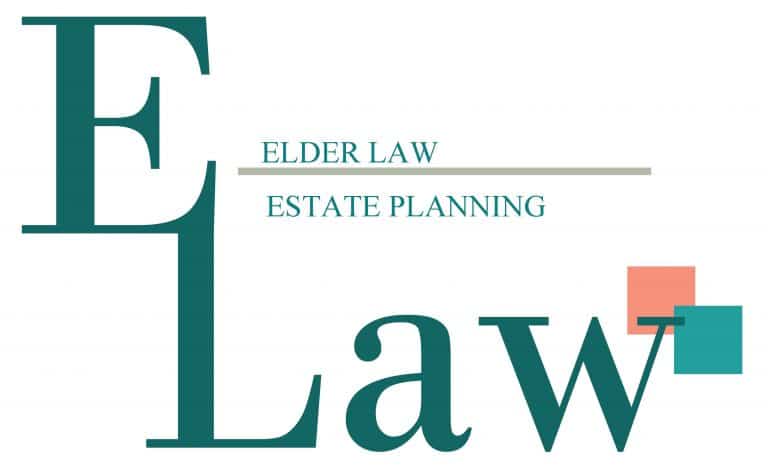Usually, when an estate planning attorney comes across an estate named as a beneficiary, all they can do is shake their heads. It’s already too late to make any changes, and, in most cases, the results are bad. A recent article from Kiplinger warns, “Don’t Name Your Estate as Your IRA Beneficiary.”
This usually occurs because the person was in a hurry or didn’t know better. They don’t know who should become the beneficiary and are advised to write down their estate to move the application process along. The problem comes after years, the account owner dies, and the beneficiary designation is revealed.
The SECURE Act eliminated what was once known as the “Stretch IRA,” where beneficiaries could take withdrawals based on an IRS life expectancy table. The SECURE Act changed how IRA distributions are made, and with a few exceptions, beneficiaries have ten years to empty the account.
The people not subject to the ten-year rule include surviving spouses, disabled individuals, chronically ill individuals, and individuals within ten years of age of the original owner.
One additional exception is minor children, until they reach the age of majority, they too must empty the IRA in ten years’ time.
Estates may not use the ten-year rule. They must distribute the funds in an even shorter period: five years. There are several reasons to avoid this:
- The shorter the withdrawal period, the higher the potential for higher taxes.
- Higher-income levels can lead to higher Medicare charges.
- Higher-income levels can also lead to more taxes on Social Security income.
- Assets left directly to a named beneficiary have some protection against creditors.
- Assets in your estate have no protection at all against creditors.
- Higher administration costs for probate fees, legal fees, etc.
- Increased potential for a disgruntled heir to challenge your will.
The problem is solvable if you act while you are living. Start by reviewing your accounts and identifying beneficiary designations. If you can’t find the beneficiary form, contact the institution, get a new one, complete it and submit it.
Reviewing beneficiaries is something to be done every three to five years when you check your estate plan. Don’t leave this to the last minute—take care of it now.
Reference: Kiplinger (July 27, 2022) “Don’t Name Your Estate as Your IRA Beneficiary”



